Rising Energy Costs
The Solar Light Market is experiencing a surge in demand due to the rising costs of traditional energy sources. As electricity prices continue to escalate, consumers and businesses are increasingly seeking alternative energy solutions. Solar lights, which harness renewable energy, present a cost-effective option for outdoor lighting needs. In many regions, the cost of solar energy has decreased significantly, making solar lights more accessible. According to recent data, the average cost of solar energy has dropped by over 80% in the last decade, which has contributed to the growth of the Solar Light Market. This trend is likely to continue as energy prices fluctuate, prompting further investment in solar technologies.
Environmental Awareness
The growing awareness of environmental issues is significantly influencing the Solar Light Market. As climate change and environmental degradation become pressing global concerns, consumers are more inclined to adopt sustainable practices. Solar lights, which utilize clean energy, align with the values of environmentally conscious consumers. This shift in consumer behavior is reflected in market trends, where the demand for eco-friendly products is on the rise. Research indicates that a substantial percentage of consumers are willing to pay a premium for sustainable products, which bodes well for the Solar Light Market. This heightened environmental awareness is likely to drive further growth as more individuals and organizations seek to reduce their carbon footprint.
Technological Advancements
Technological advancements are a key driver of growth in the Solar Light Market. Innovations in solar panel efficiency, battery storage, and smart lighting technologies are enhancing the performance and appeal of solar lighting solutions. For example, the integration of LED technology with solar lights has resulted in longer-lasting and more energy-efficient products. Additionally, advancements in battery technology allow for better energy storage, enabling solar lights to operate effectively even during cloudy days or at night. These technological improvements not only enhance the functionality of solar lights but also reduce costs, making them more attractive to consumers. As technology continues to evolve, the Solar Light Market is poised for further expansion.
Government Incentives and Policies
Government incentives and policies play a crucial role in the expansion of the Solar Light Market. Many governments are implementing favorable regulations and financial incentives to promote the adoption of renewable energy solutions. Tax credits, rebates, and grants for solar installations are becoming increasingly common, encouraging both residential and commercial users to invest in solar lighting systems. For instance, various countries have set ambitious targets for renewable energy adoption, which includes solar technologies. This supportive regulatory environment not only boosts consumer confidence but also stimulates innovation within the Solar Light Market, leading to the development of more efficient and affordable solar lighting solutions.
Urbanization and Infrastructure Development
Urbanization and infrastructure development are driving factors in the Solar Light Market. As urban areas expand, the demand for efficient and sustainable lighting solutions increases. Solar lights offer a practical solution for illuminating streets, parks, and public spaces without the need for extensive electrical infrastructure. This is particularly beneficial in developing regions where access to traditional power sources may be limited. The trend towards smart city initiatives also supports the adoption of solar lighting, as municipalities seek to implement sustainable practices. With urban populations projected to grow, the Solar Light Market is likely to see continued growth as cities invest in solar lighting to enhance public safety and reduce energy costs.


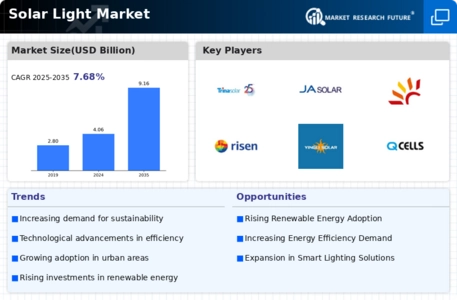
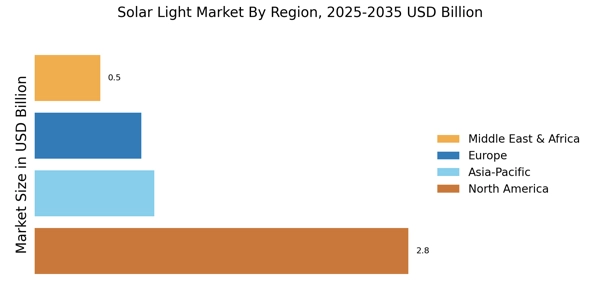

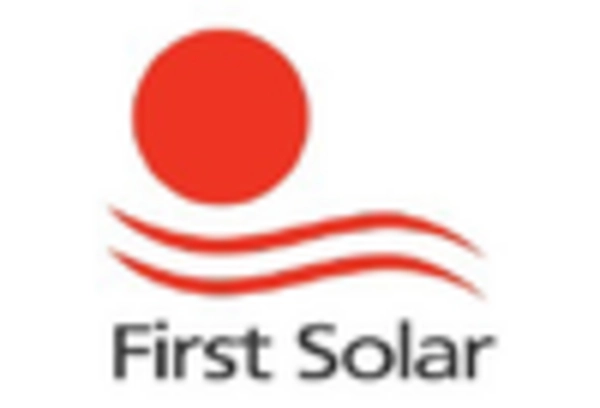
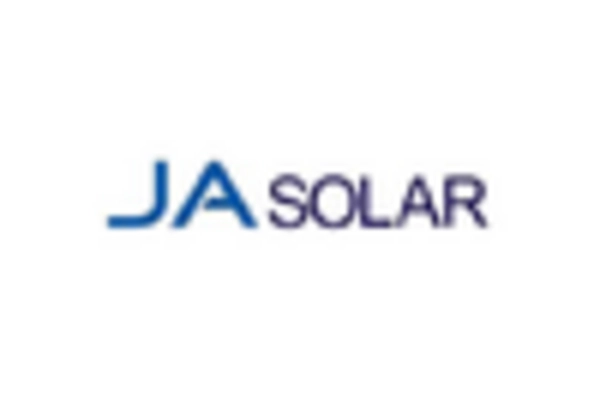
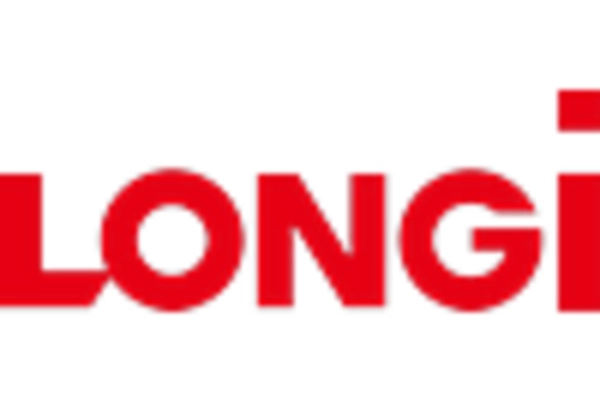

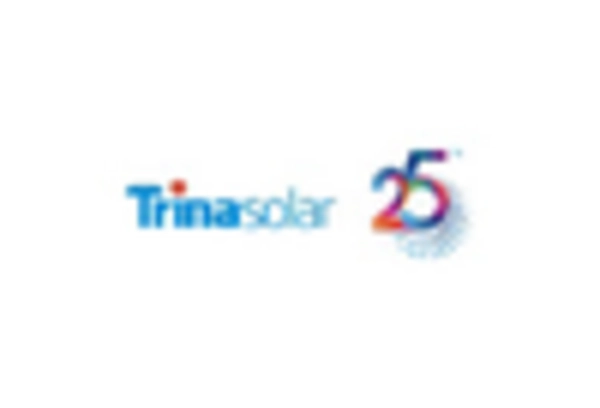








Leave a Comment